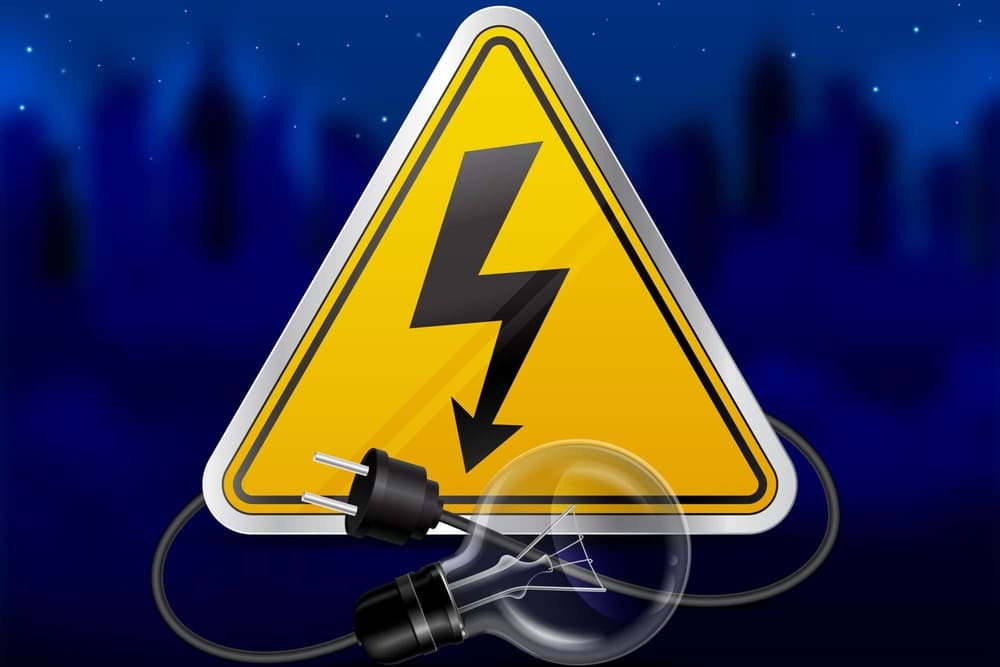
When a gas is exposed to a voltage that is higher than the voltage it can block, electrical arcs form. The arc begins to develop when the voltage is high enough to ionize the space between the conductors. When gas is ionized, it becomes a fantastic conductor, enabling the current to flow and producing an “arc flash” of arched-shaped current. An arc fault is an unexpected electrical discharge.
Arc flash risks have the potential to cause serious harm to businesses and electrical infrastructure. Some of the commercial losses brought on by arc flash dangers are listed below.
Wherever high voltage or low voltage with a high current is switched, there is a risk of an arc flash.
PPE may lessen the severity of an accident even though it is the least efficient kind of protection; yet it cannot prevent one. The type of personal protective equipment (PPE) used depends on the amount of risk present.
Care Labs can help you with any arc flash-related problems. Experts with extensive training and expertise can identify arc flash threats and provide the appropriate mitigation and control techniques to safeguard your property and workers.
Care Labs has staff members stationed in several areas to make sure that specialists are close by in case of a normal task or an emergency. Care Labs quickly achieved ISO 9001:2008 certification and built a clientele with a positive reputation and positive reviews.
Yishun, Bukit Batok, Jurong East, and Choa Chu Kang are just a few of the main locations where Care Labs provides arc flash testing and analysis services.